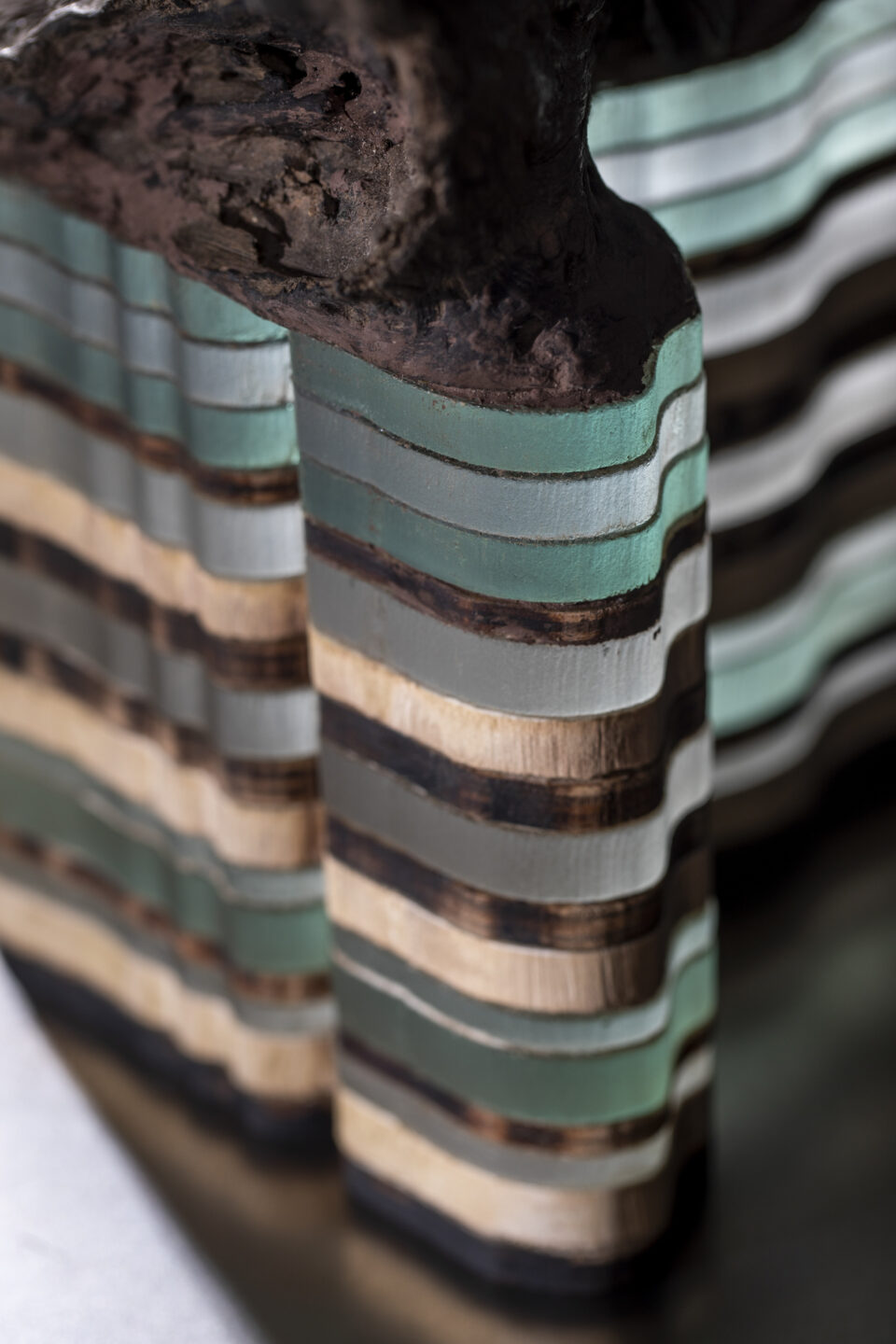There’s more that we share than things that divide us.
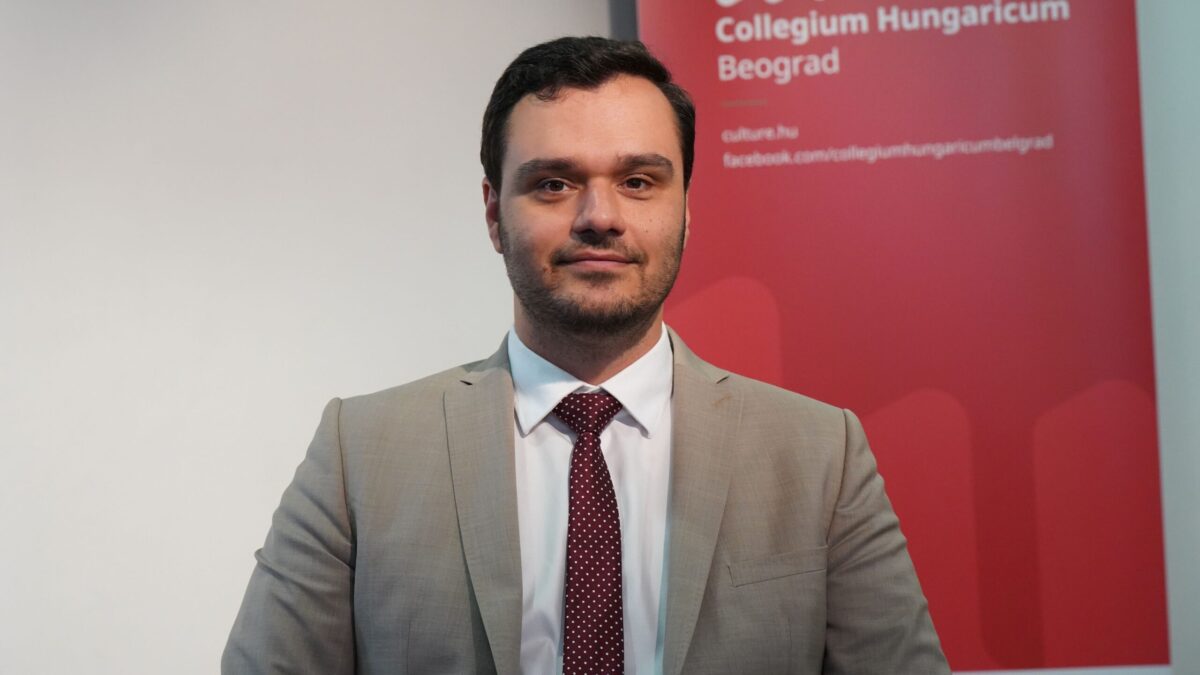 Hungary has 26 cultural institutes around the world, and amongst them is the Collegium Hungaricum in Serbia. Since it opened on the 1st of July in 2014, there has been a positive and successful partnership between Serbia and Hungary, especially in culture. Not too long ago, the Collegium Hungaricum established a new team with a new Director, Róbert Kaszab. In this interview, Róbert Kaszab talked about his experience of coming to Belgrade, his plans for the future, and the international cultural collaboration between Serbia and Hungary.
Hungary has 26 cultural institutes around the world, and amongst them is the Collegium Hungaricum in Serbia. Since it opened on the 1st of July in 2014, there has been a positive and successful partnership between Serbia and Hungary, especially in culture. Not too long ago, the Collegium Hungaricum established a new team with a new Director, Róbert Kaszab. In this interview, Róbert Kaszab talked about his experience of coming to Belgrade, his plans for the future, and the international cultural collaboration between Serbia and Hungary.
The Collegium Hungaricum has recently been appointed with a new team, including yourself as the new director. What was the experience for you and your team after undertaking this position?
It is a great pleasure to work in Collegium Hungaricum, and I feel honored that I can fulfill this role. Hungary and Serbia are now enjoying an amazing era in their relations, and I think culture should play a vital role here. As you mentioned, having a good team is the first thing. I am happy to work with my colleagues, and we started this autumn season with a lot of excitement. Our first impressions were that Hungarian acts are more than welcome in Belgrade and that there is much to show and learn here. Most nations have their cultural representation here, and we see an interesting atmosphere where different influences meet. We are happy to join the choir! The Serbian artistic scene is dynamic and ever-changing, so we must be fresh and keep up with the cultural life here. Many interesting experiments are happening in culture, and we are eager to know more and connect to these ideas!
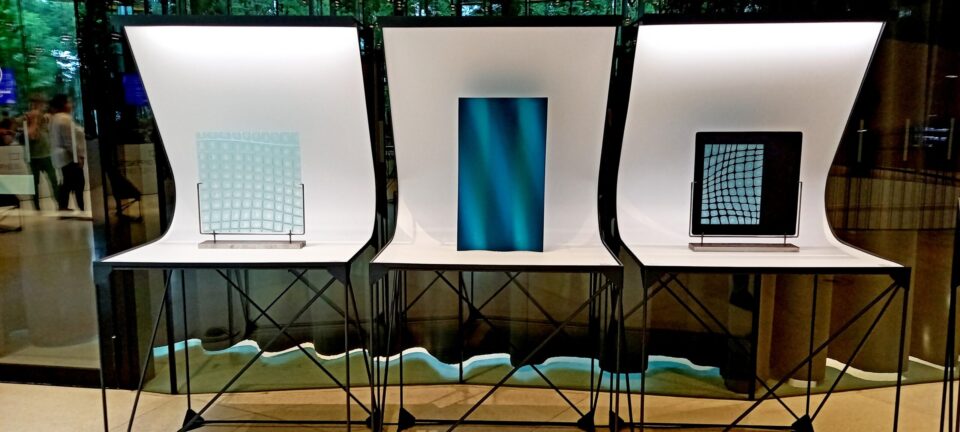 Recently, the Collegium Hungaricum held a concert of the popular Hungarian group “Silard Piano Project.” Are you satisfied with how the event turned out? Can the public expect more similar events in the future?
Recently, the Collegium Hungaricum held a concert of the popular Hungarian group “Silard Piano Project.” Are you satisfied with how the event turned out? Can the public expect more similar events in the future?
We were very happy with the event and got a lot of positive feedback. It was a nice evening with Szilárd at the piano and Flóra Kiss and Dorina Galambos as vocals. His music is really for everyone, and filling the halls of Collegium Hungaricum with their songs was remarkable. Such concerts have a nice and cozy atmosphere, and our main hall was full of visitors! Most songs were in Hungarian, but English language pieces were also played so more people could connect with the lyrics. We plan to have more acts that focus on pop music or modern styles, so in this regard, we do plan to continue on this track!
The best achievement is not a project or an event, but rather that Collegium Hungaricum has managed to become a center of Hungarian culture in Belgrade
Previously, you mentioned that you would like Hungarians and Serbs to get to know each other better. Has this been a challenge? Would you say that the Collegium Hungaricum was successful in doing so?
I think this is an area that is very hard to measure precisely. Of course, the language barrier hinders this process, but cultural similarities can give us the support we all need. Hungarians and Serbs are not distant or far from each other. We just need the right moment and atmosphere. I sincerely believe that culture can create a bridge between the two nations!
To achieve this, we can first rely on visual arts and sculptures since they are universal. For example, we will bring the exhibition “Glassification” to the Museum of Applied Arts of Belgrade from the 15th of December, 2023, to the 10th of January, 2024. These works are the masterpieces of Hungarian contemporary glass art and convey universal artistic value. We hope to present what’s new and interesting in Hungarian culture and to impress the local audience.
Furthermore, our community-building programs have been successful because we introduced our customs and everyday life to Serbian people, and I think we managed to connect from person to person. I believe that Collegium Hungaricum has succeeded during its first decade, and I hope to continue on this path.
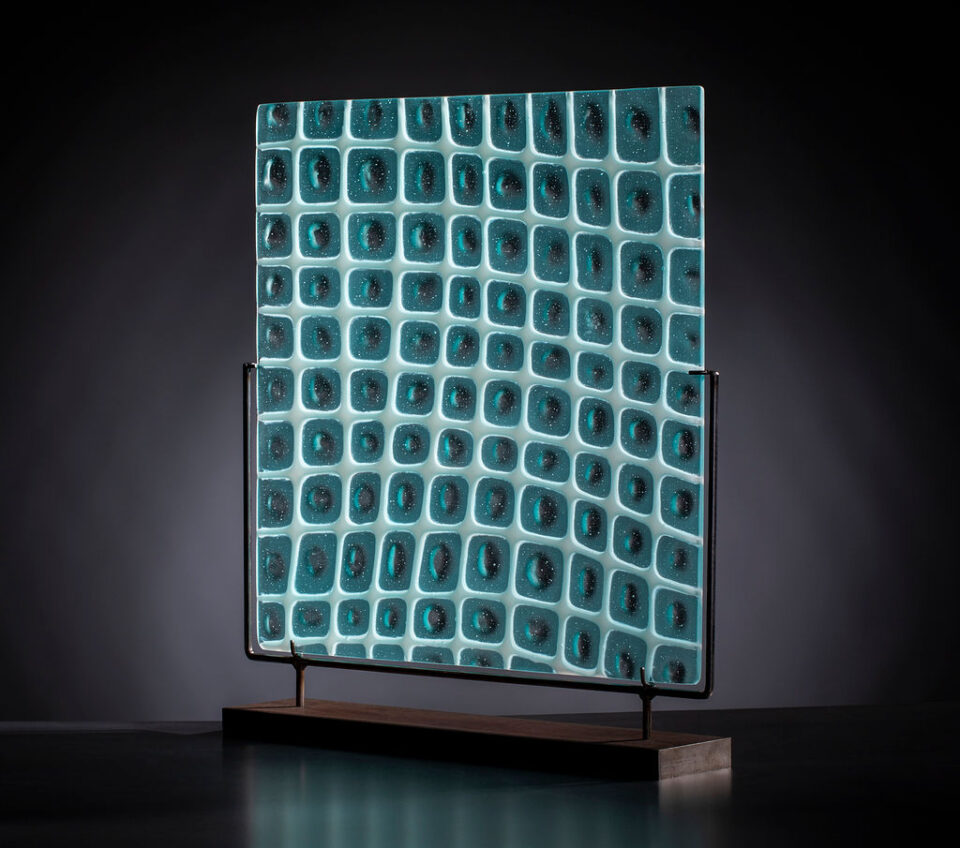 In one of your recent interviews, you mentioned that you have a lot planned for next year, including a “special program package that shows how much we have achieved in the field of cultural relations in recent years.” Could you maybe share some details about this idea?
In one of your recent interviews, you mentioned that you have a lot planned for next year, including a “special program package that shows how much we have achieved in the field of cultural relations in recent years.” Could you maybe share some details about this idea?
Well, I don’t want to spill too many secrets at this point, but next year will be interesting for us. First, Collegium Hungaricum will celebrate its 10th anniversary next year, and we want to bring the best we offer. At the same time, Hungary will be the rotating president of the European Council in the second semester. We want to give this period a fortified cultural presence in Serbia. To give you a hint, we will present Hungarian gastronomy and showcase Hungarian poetry in the spring to the people of Belgrade, and a 3-day-long film festival is also in the making. Add to this list pop and classic concerts, and we plan to have contemporary dance performances next fall coming from Budapest.
The Collegium Hungaricum was officially opened on July 1st, 2014. It has been 9 years since then. What would you consider the Collegium Hungaricum’s biggest achievement in this period?
If you ask me, as the latest successor to the rich heritage of the institution, I would say the best achievement is not a project or an event, but rather that Collegium Hungaricum has managed to become a center of Hungarian culture in Belgrade and became a center of activity. You might as well say that it has completed its original mission. I could say that the institute has become a valued member of an international network of Liszt Institutes in the world. As for now, Hungary has 26 cultural institutes around the world, and Collegium Hungaricum is one of them. This also shows that Serbia is an important partner for us, and we dedicate special attention to our southern neighbor. The more we share our culture, the better our relations get!
We will bring the exhibition “Glassification” to the Museum of Applied Arts of Belgrade from 15 December 2023 to 10th January 2024
What would you consider to be the meeting points between Hungarian and Serbian cultures?
Well, I think our shared history has more in common than against each other. We laugh at the same jokes, understand hints and references, and our stories have similar characters. If you think about it, there’s more that we share than things that divide us! Hungarians and Serbians have lived next to each other for quite some time, and during these hundreds of years, we learned a lot. For example, despite major differences, our languages share dozens of words. Our gastronomy has the same and very similar recipes; in a way, we have variations on the same theme.
We had events that connected us, like the siege of Belgrade in 1456, when Hungarians and Serbs fought against the Ottoman army. Both of us love history and have many stories to share. At the same time, I think we do like to read our novels and authors because there are a lot of instances when we talk about each other. Not to mention the countless films that reference each other and show honest and interesting aspects of how we see each other. I believe these cultural gems exist; we care about each other, and we just need to shed some light on it!
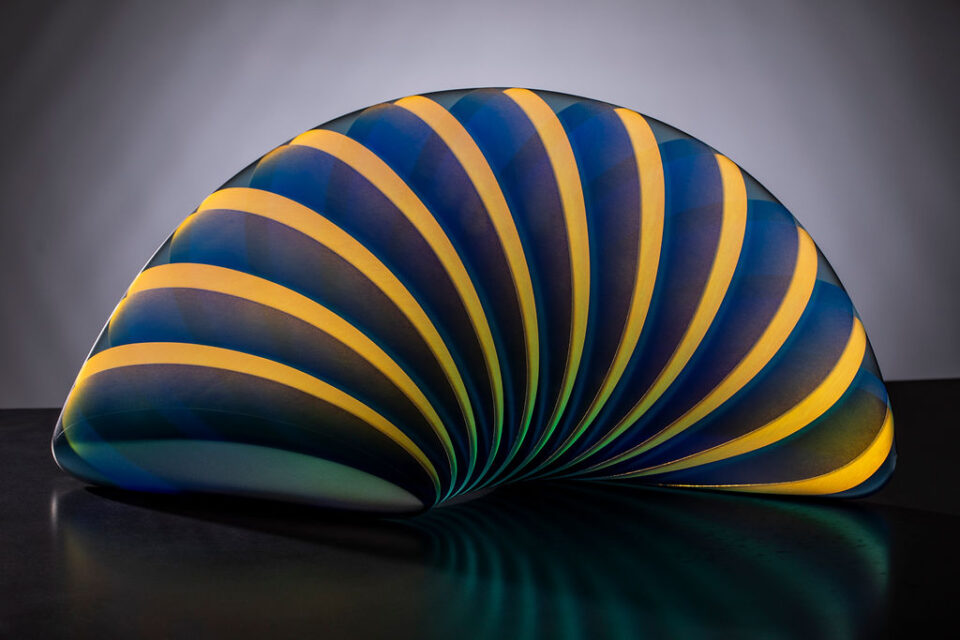 How would you describe the partnership between Hungary and Serbia in recent years?
How would you describe the partnership between Hungary and Serbia in recent years?
The past few years have been dynamic and provided an opportunity to build things together. In the field of culture, the concerts and the exhibits displayed here proved a growing interest from both sides to learn more. Most artists who come and partake in an event here leave with very good impressions and enjoy Belgrade a lot. These personal impressions are probably the strongest messages that can be sent as they convey that there is much to see and learn here! We are also very happy when we have people from Serbia coming to our events and showing interest in Hungary and what we do. We see openness and genuine interest from their side and only hope to show them that Hungarian culture is exciting and has much more to tell!
